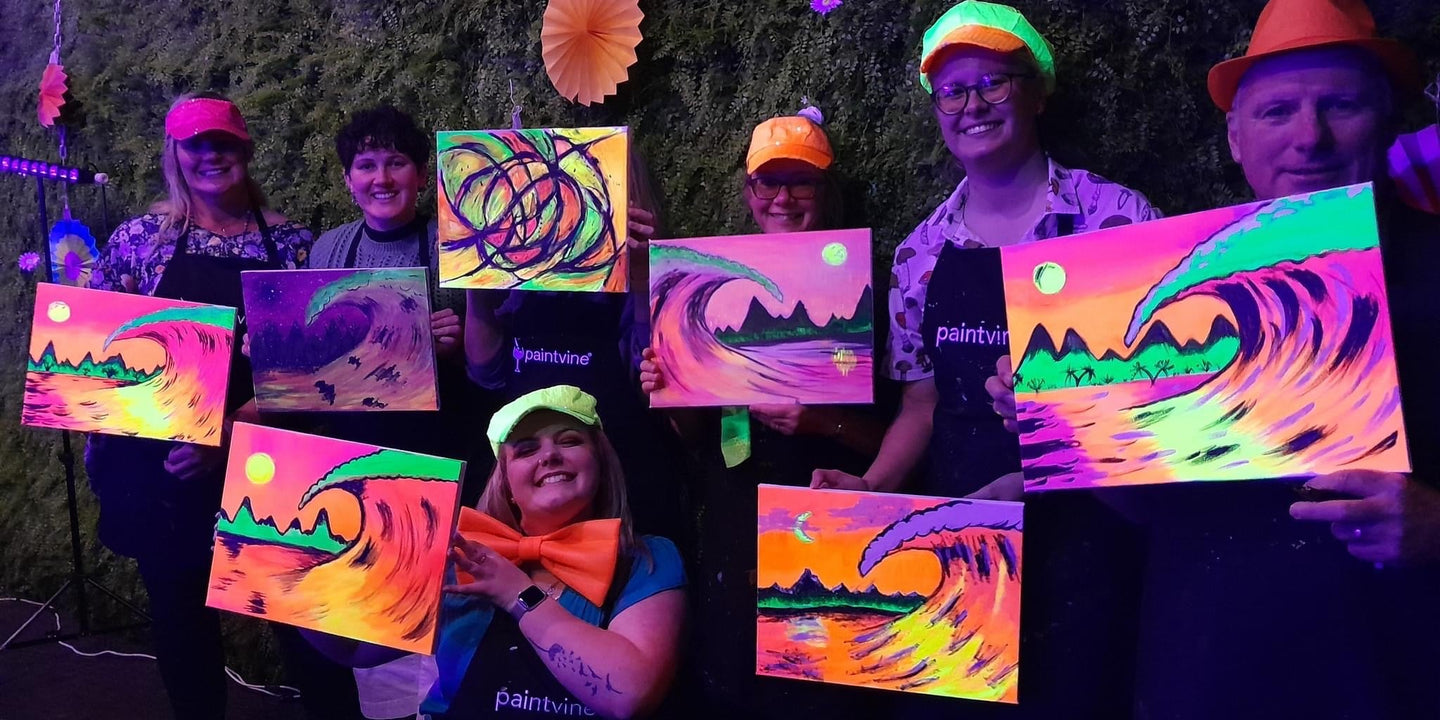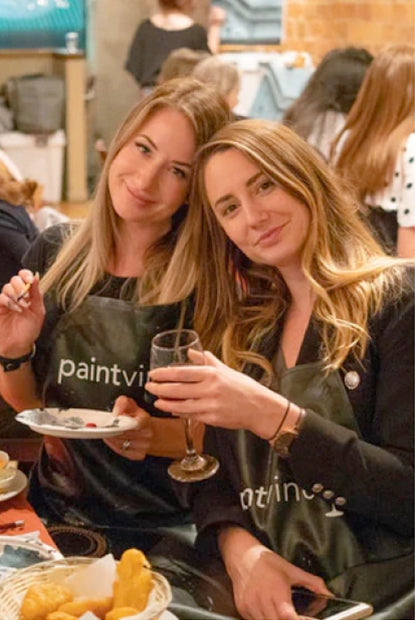
Humans have always been drawn to things that glow. Long before neon signs and glow sticks, our ancestors looked at strange stones that shone after sunset or liquids that burned with ghostly flames and wondered if they held the secrets of the universe. That fascination with light in the dark has carried us from alchemists’ smoky workshops all the way to glowing cocktails – and even to Paintvine’s own After Dark events.
The Alchemists and the Glow
In the early 1600s, a self-taught Italian alchemist named Vincenzo Casciarolo discovered what he thought might be a step toward the philosopher’s stone – the mythical substance that could turn base metals into gold. Casciarolo found a dull grey mineral near Bologna and, after heating it in his furnace, noticed something extraordinary: once exposed to sunlight, the stone seemed to soak up its rays and then glow gently all night long. He called it the Bologna Stone. Sometimes nicknamed the solar sponge or lapis lunaris (lunar stone), it was the first documented material to show persistent luminescence. To those who saw it, it must have felt like holding a shining star, alive with glistening light.
A few decades later, another alchemist, Hennig Brand, made an even stranger discovery while also searching for the philosopher’s stone. Following recipes that involved, of all things, boiled urine, he heated the residue until glowing fumes filled his furnace and a liquid began to drip out, bursting into flame. When cooled, it solidified into a pale, waxy substance that gave off an eerie green glow. Brand had stumbled upon phosphorus – which literally means “light-bearer” in Greek. Imagine the awe of a 17th-century experimenter holding a lump of material that seemed alive, glowing on its own without sunlight. It must have felt as though they’d unlocked a new element of magic.
The Magic in Our Glasses
That craving for glow never left us. One of the most surprising modern versions is hiding in a gin and tonic. The secret lies in quinine, a compound that gives tonic its trademark bitterness. Under UV light, quinine gives off an uncanny, almost supernatural blue. For 19th-century drinkers, tonic was a medicine – a way to ward off malaria. For us, it’s an unexpected reminder of alchemy: a clear drink that transforms into something luminous the moment it meets blacklight. It’s the same scientific principle behind modern glow paints: energy goes in, and light – magical, unexpected light – comes back out.
Glowing with Paintvine
Whether it was Casciarolo with his solar sponge, Brand with his glowing phosphorus, or partygoers with their luminescent cocktails, people have always chased that sense of wonder in things that shine. At Paintvine After Dark, we follow the same impulse. Maybe we’re not searching for the philosopher’s stone anymore – but when the blacklights switch on and your painting reveals a secret glowing version of itself, you’re part of that same tradition of experimentation, creativity, and delight in all things that glow.
Who knew you could have so much fun in the dark?

